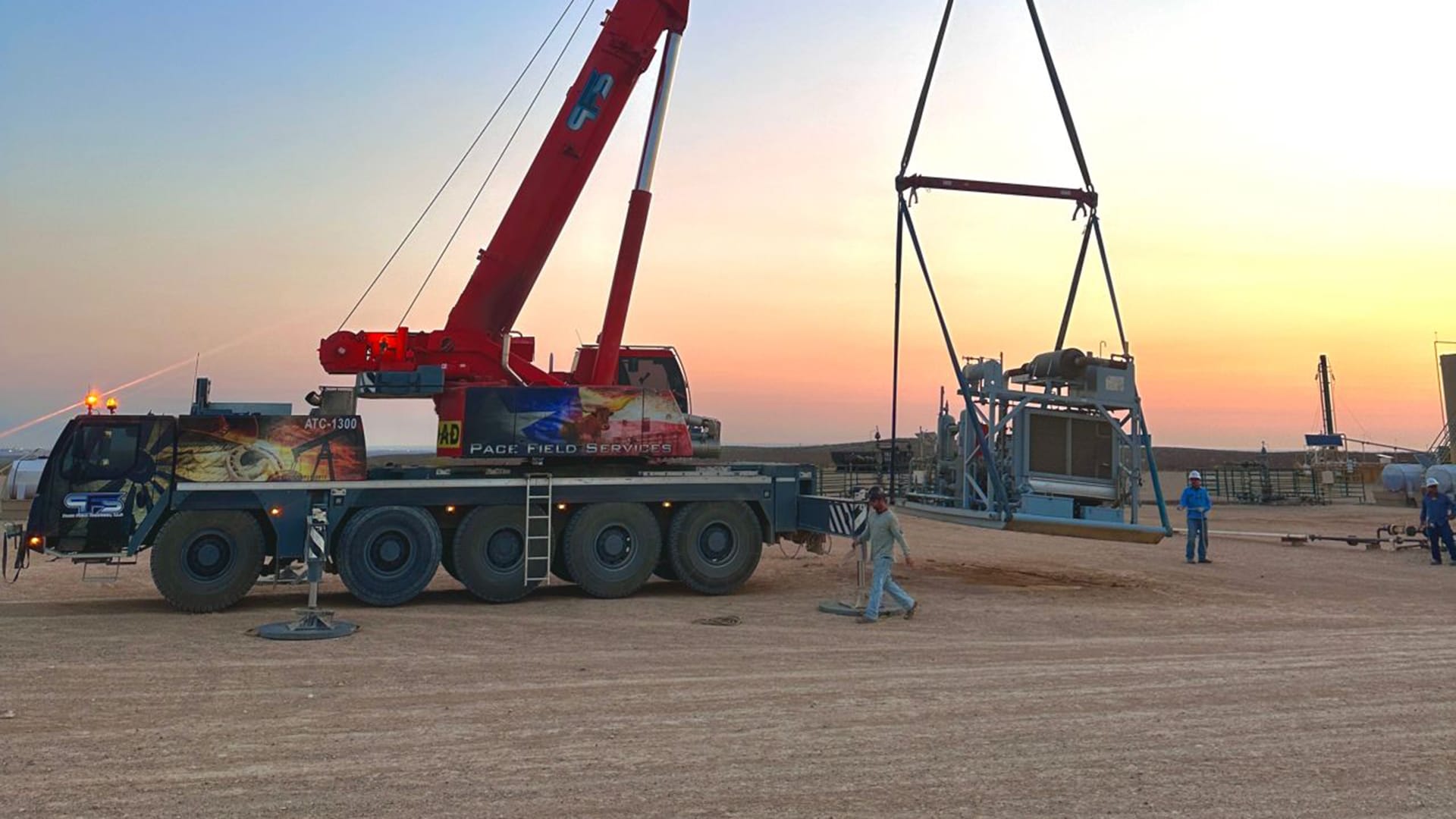Understanding Ground Bearing Pressure and How to Calculate It
June 30, 2025
General Information, Ground Conditions, News

At Bigfoot, we understand that safe equipment operation starts with a solid foundation. Ground bearing pressure (GBP) plays a crucial role in stabilizing cranes, aerial lifts, and other heavy machinery. Failing to account for GBP can lead to equipment instability, ground failure, and hazardous job site conditions. In this blog post, we will define GBP, explain how to calculate it, and provide resources to help operators make informed decisions.
What is Ground Bearing Pressure?
It refers to the force exerted by heavy equipment on the surface beneath it. It is typically measured in pounds per square inch (PSI) and depends on factors such as equipment weight, load distribution, and ground conditions. If the applied pressure exceeds the soil’s bearing capacity, the ground may fail, leading to potential equipment tipping or sinking.
How to Calculate Ground Bearing Pressure
Operators can use the following formula to determine the ground bearing pressure where:
- Load (lbs) refers to the total weight applied to the ground, including the equipment and load.
- Contact Area (sq in) is the surface area over which the weight is distributed, such as an outrigger pad.
For example, if a crane applies a load of 50,000 lbs through an outrigger pad with an area of 500 square inches.
Why It Matters
If the calculated bearing pressure exceeds the soil’s bearing capacity, operators must take corrective actions, such as:
- increasing the contact area by using larger outrigger pads or cribbing.
- reinforcing the ground with compacted gravel or steel plates.
- relocating the equipment to a more stable surface.
Resources for Ground Bearing Pressure Calculation
- Manufacturer Load Charts – Equipment manufacturers provide detailed load distribution data for different configurations.
- Soil Bearing Capacity Charts – Engineering guides and OSHA standards provide estimated PSI values for different soil types.
- Geotechnical Reports – Large job sites often conduct soil analysis to determine precise bearing capacities.
- Ground Pressure Calculators – Several online tools and apps assist in calculating GBP based on input parameters.
Conclusion
Understanding and managing GBP is essential for maintaining job site safety and preventing costly accidents. By using proper calculations and selecting the right outrigger pads, operators can ensure stable and secure equipment operation. At Bigfoot, we manufacture industry-leading outrigger pads designed to optimize load distribution and enhance safety in all ground conditions.
References

